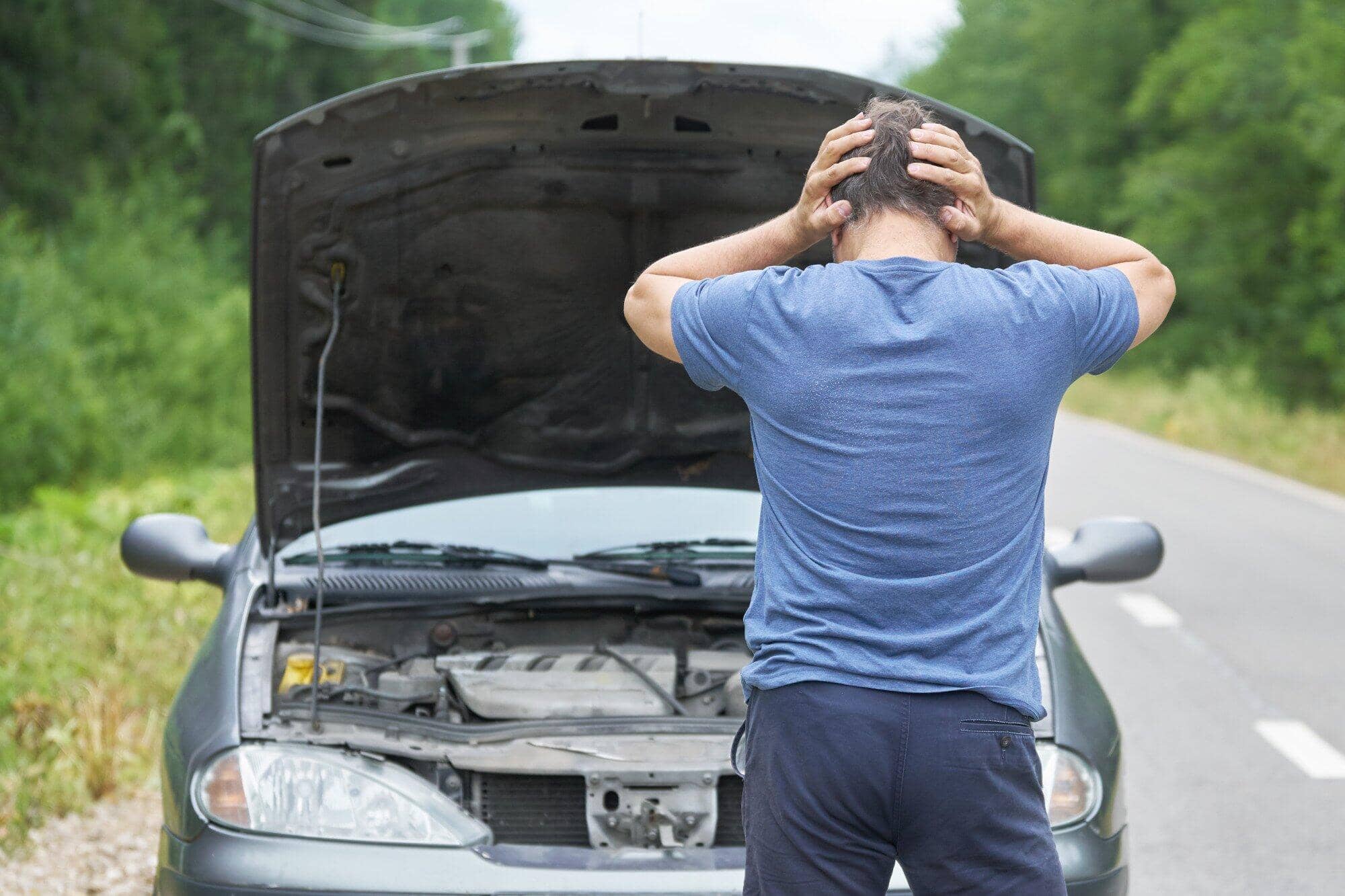Commercial fleets are used as part of many businesses or as enterprises of their own to transport people and cargo across the country and beyond. The vehicles could be cars, vans or even HGVs, but each one needs to be operated in a safe and efficient manner.
There are lots of things to think about when it comes to running a commercial fleet, so in this article, Andrea Easton, Head of Finance and Operations of Walker Movements, an international leader in the distribution of used trucks for sale, take a look at some of the most important points to think about.
Table of Contents
What Is A Commercial Fleet?
A commercial fleet is used to help fulfil the objectives of a business. This might mean delivering items as part of other services, or it could be a haulage or logistics business that specialises in moving goods around on behalf of other businesses. A commercial fleet can be any size and any type of vehicle, which could be either owned or leased by the business.
Buying Or Leasing
When setting up or adding to a fleet, it is important to decide how to fund the vehicle you want. Most commercial fleets will either own their own vehicles or lease them. Buying a vehicle will obviously have a much greater upfront cost, but it will become an asset that is owned by the business and the depreciation can be written off to save on taxes. Leasing will be charged on a monthly or yearly basis, which can make outgoings more manageable, but it does mean that you will be paying interest as part of this, and so you could find yourself paying more in the long term.
The type of vehicle can also vary depending on which route you go down. Due to the large expenditure of buying a vehicle, you may be restricted to purchasing older vehicles in order to get what you need. Leasing does give you access to newer vehicles which often have warranty cover, but you will be charged heftily if the vehicle is not in good condition when you return it.
Expenses For Commercial Fleets
There are a lot of different expenses to think about when running a commercial fleet. The most obvious one is fuel costs. Many commercial vehicles are still powered by petrol or diesel, and the price for this is still very high. Whilst it can be possible to switch to electric vehicles in some cases, it is important to remember that the initial outlay for these can be high.
Insurance is another big issue for fleet vehicles, as you will not only need insurance to cover the vehicle and other road users, but you must also think about the use of the vehicle. Vans and lorries which are transporting cargo will need insurance to cover the value of the goods, whilst buses and taxis will need cover for the people that they are transporting. Insurance costs can then rise again when you take into account the number of miles that each vehicle travels as this will be considered to increase the risk.
Maintenance of vehicles is another costly business, but it is important to stay on top of this, as breakdowns can lead to a vehicle being off the road, which is even more expensive.
Drivers
When you have a fleet of vehicles, you will also need someone to drive them. Your drivers should have a full and clean licence, and that licence will need to be valid for the type of vehicles that you operate. Not only will this mean the difference between manual and automatic transmissions, but in the case of heavy goods vehicles, extra training will need to be undertaken and a separate licence obtained. You can choose to employ drivers who already hold these qualifications or pay to put people through the training on behalf of the business.
Maintenance
Vehicle maintenance is essential for many different reasons, but safety should be of paramount concern. It is important to ensure that every vehicle that you send out onto the roads is safe in order to minimise the risk of accidents that could harm your drivers or other road users. It can also help to prevent breakdowns which can be very costly to your business.

It is therefore important to not only undertake all the usual MOT and servicing requirements, but to check each vehicle before it sets off. This should identify signs of wear or damage or find anything that might be defective. It can be much easier to remedy small problems before they have a chance to become something much bigger.
Logistics
Running a fleet can require a lot of organisation. You not only need to work out where vehicles need to be and when, but also how to get there. This involves careful route planning to help avoid delays and to also be as fuel efficient as possible. You will need to be aware of the legal requirements regarding how long drivers can be on the road for and how often they will need breaks and factor these into any calculations.
Technology
There is now a lot of technology that is available to make running a fleet easier and more efficient. There are tools that can assist in route planning for entire fleets, as well as driver trackers to examine driving behaviour and find ways to be more fuel efficient as well as safer. There are also many ways that you can communicate with drivers safely and legally whilst on the road to help them navigate changing situations and to ensure their safety in difficult weather conditions or in the event of a breakdown.
Commercial fleets need a lot of work to make them successful, and there are a lot of factors that need to be taken into consideration. There is now an increased pressure for fleets to run on time, deliver great service, keep costs down, remain within the law at all times and be environmentally friendly. It can seem like a tricky juggling act at times, so it requires plenty of planning, communication and administration in order to stay on track.



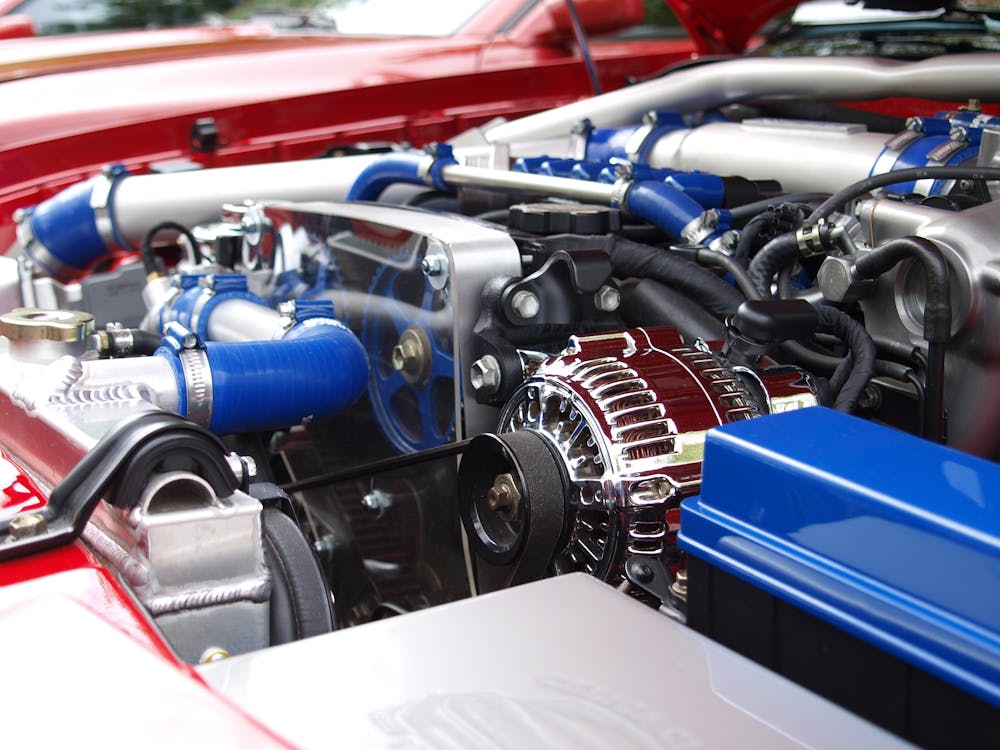
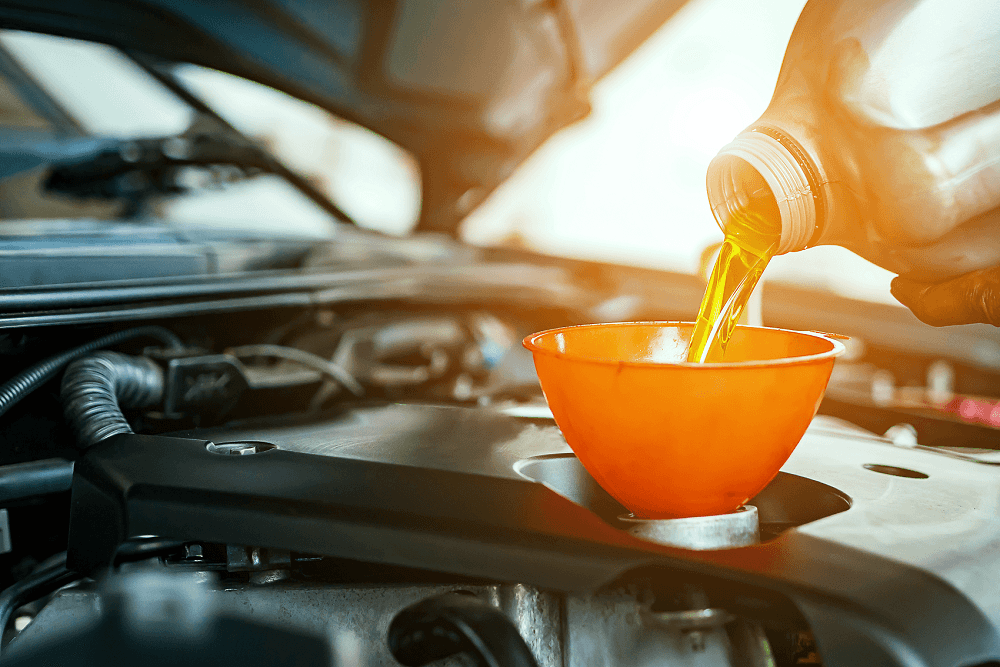
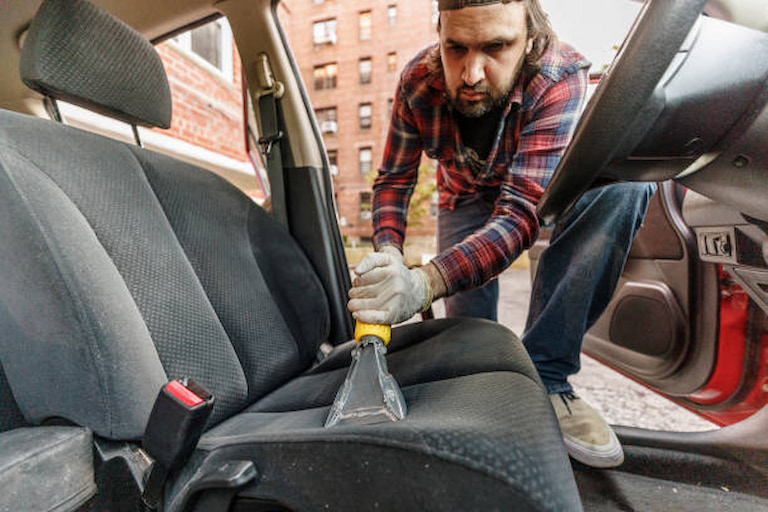
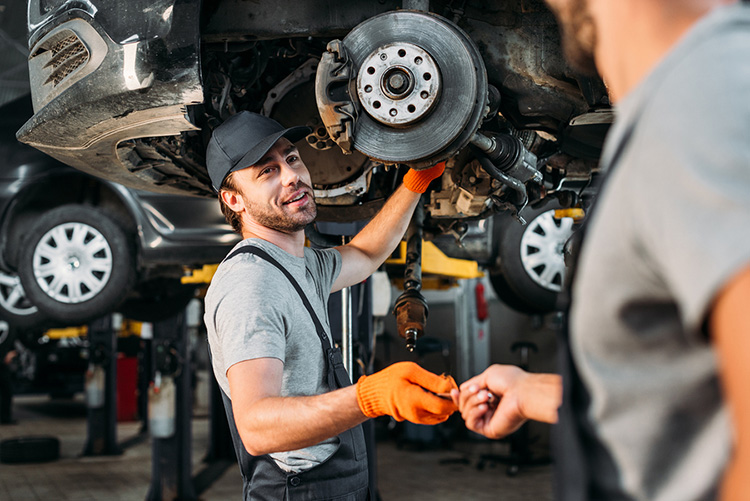



:max_bytes(150000):strip_icc()/GettyImages-522272311-5949bdc15f9b58d58a035319.jpg)
